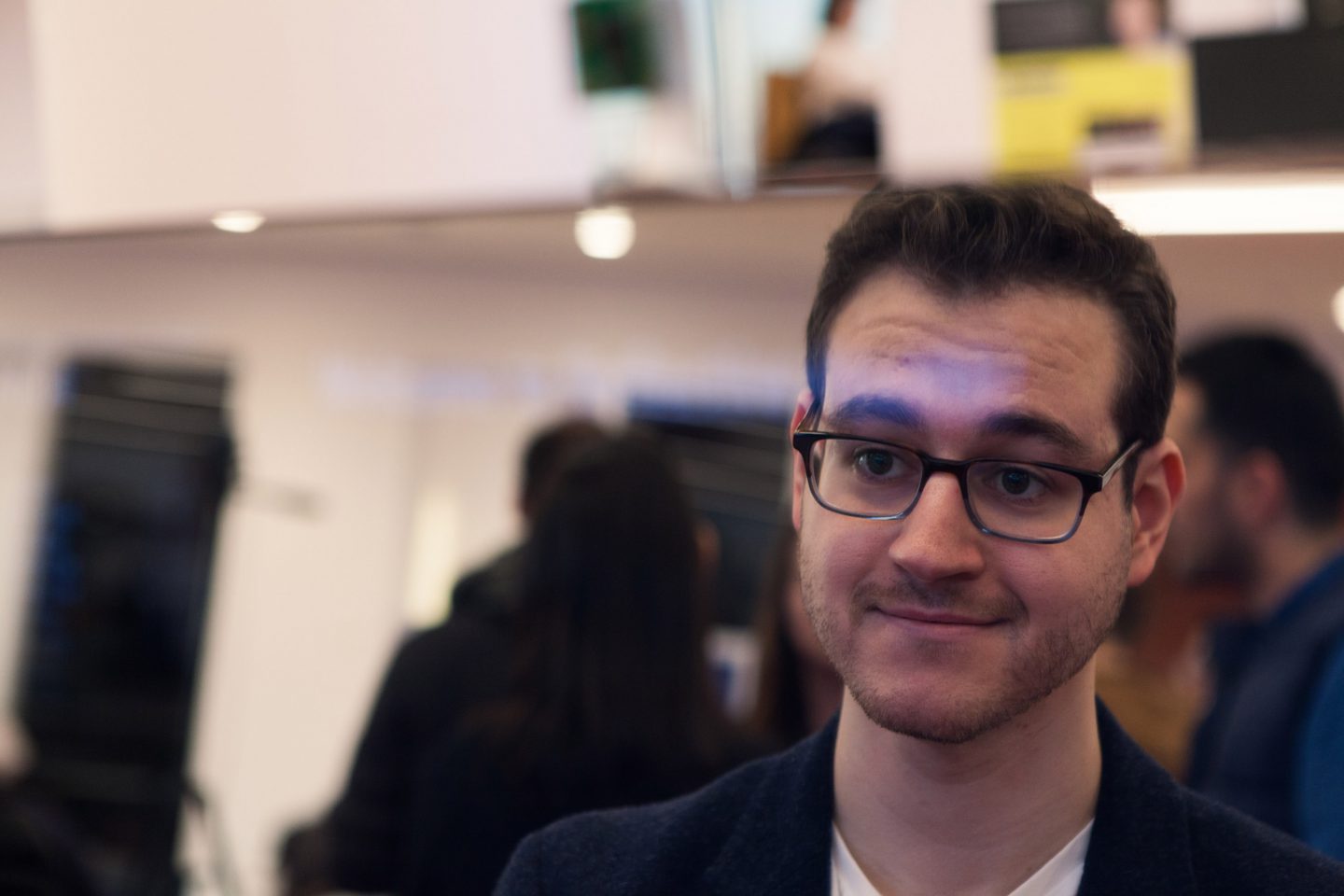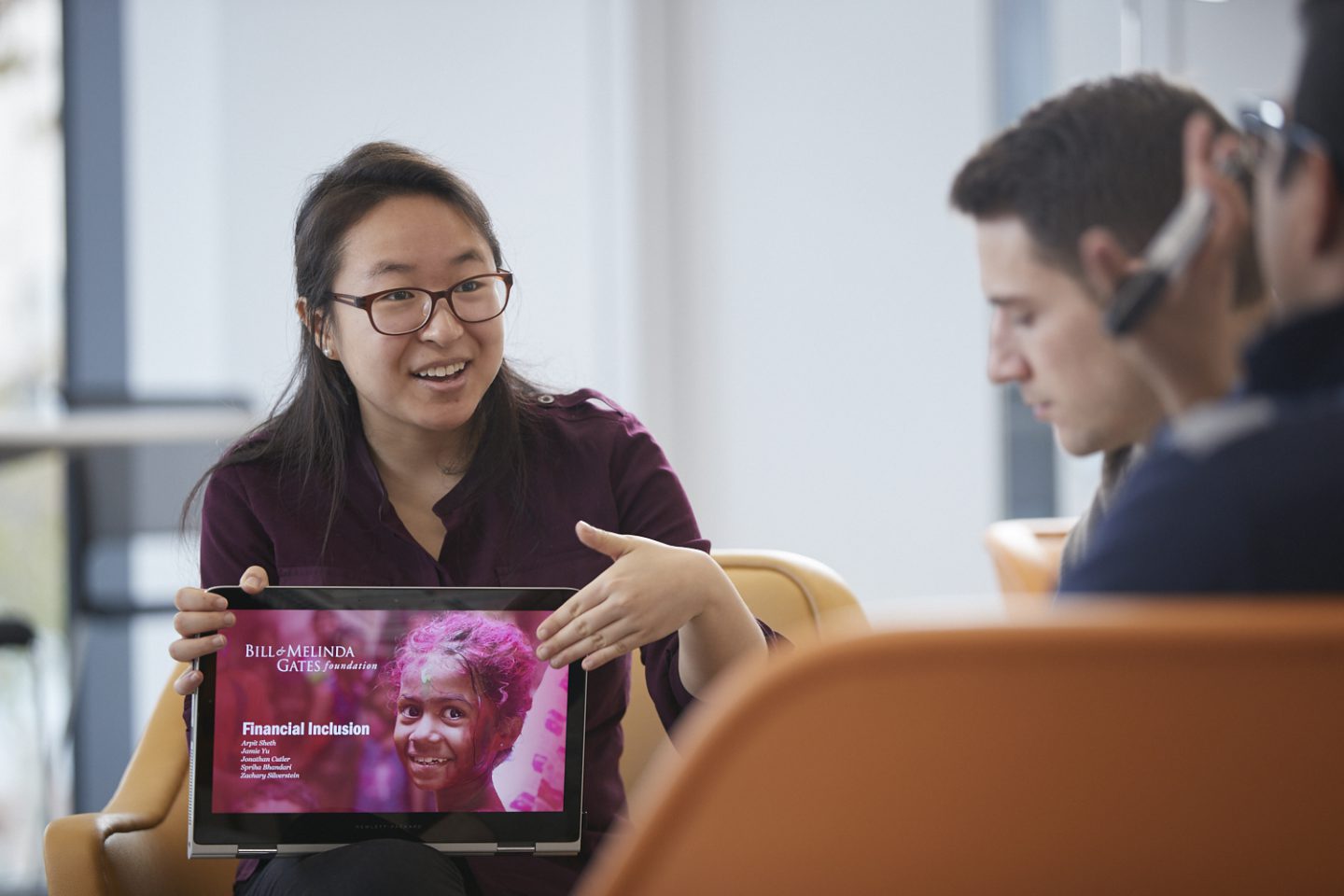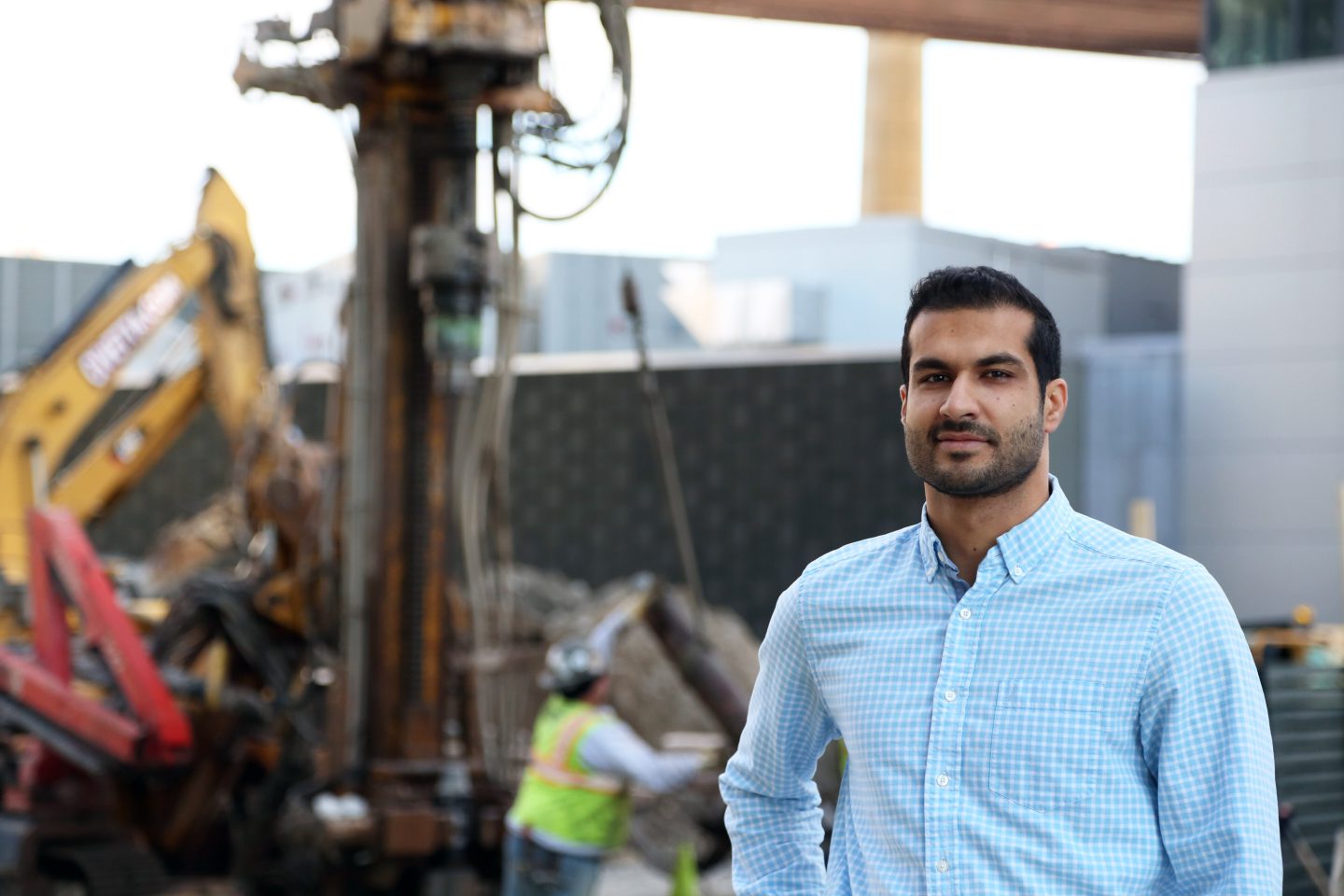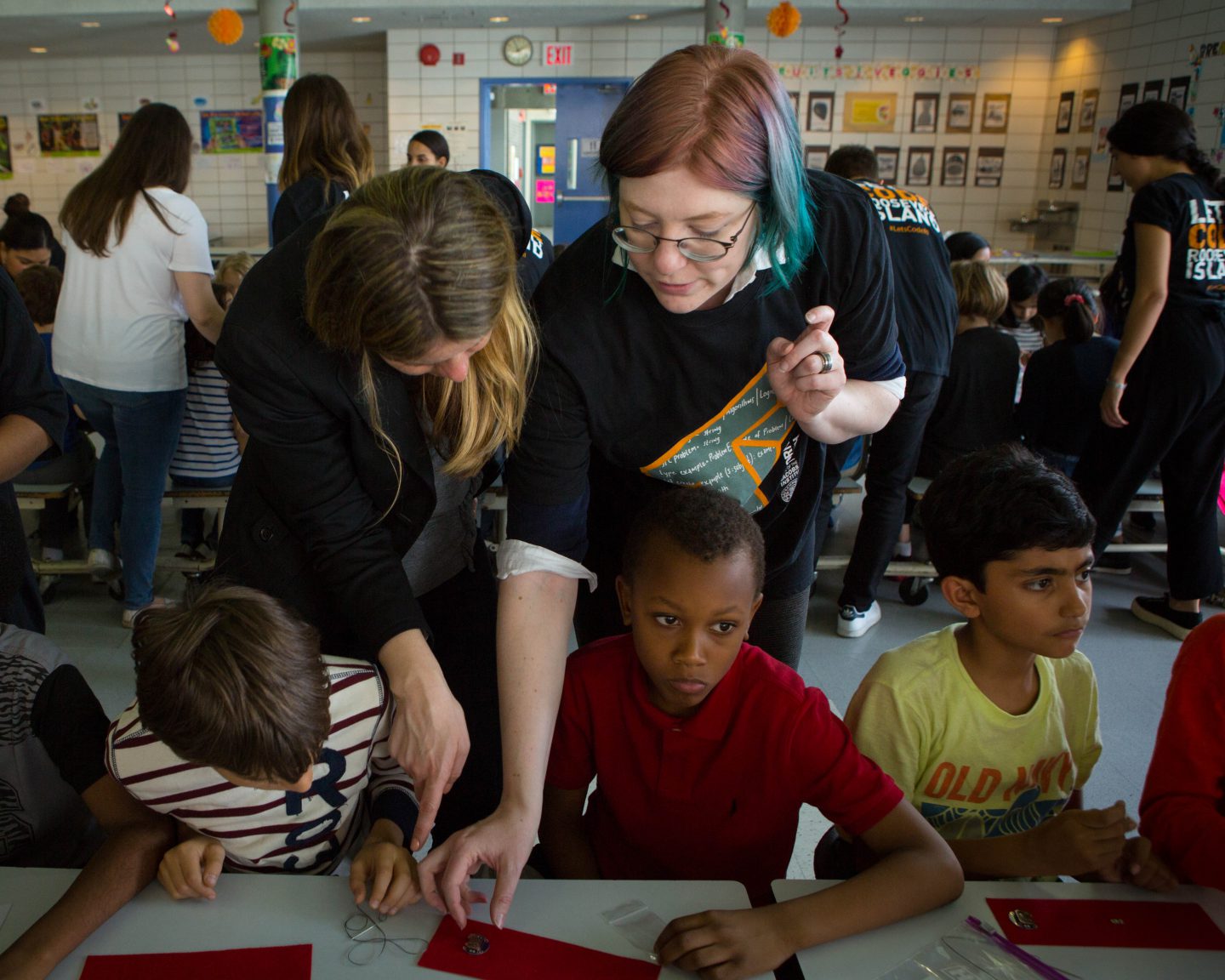Author: barreladmin
January 30, 2018
Creating Technology for Humans
January 29, 2018
Aftercare App: Weill Cornell — Cornell Tech Collaboration
January 29, 2018
This Startup Aims To Improve Construction Safety and Quality
January 16, 2018
Building Digital Products That Make A Difference
January 25, 2018
Trigger Finance Acquired by Circle Pay
January 9, 2018








